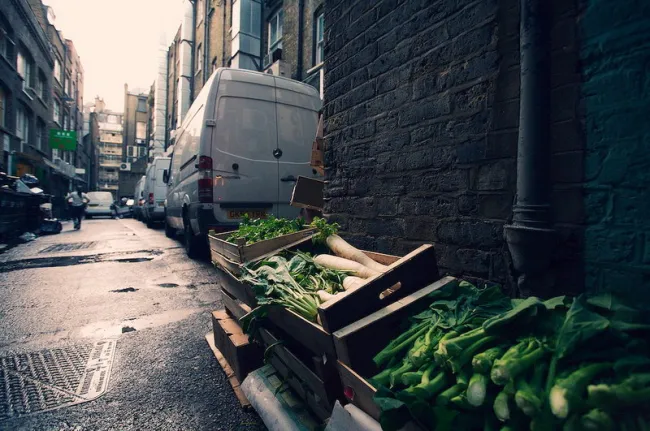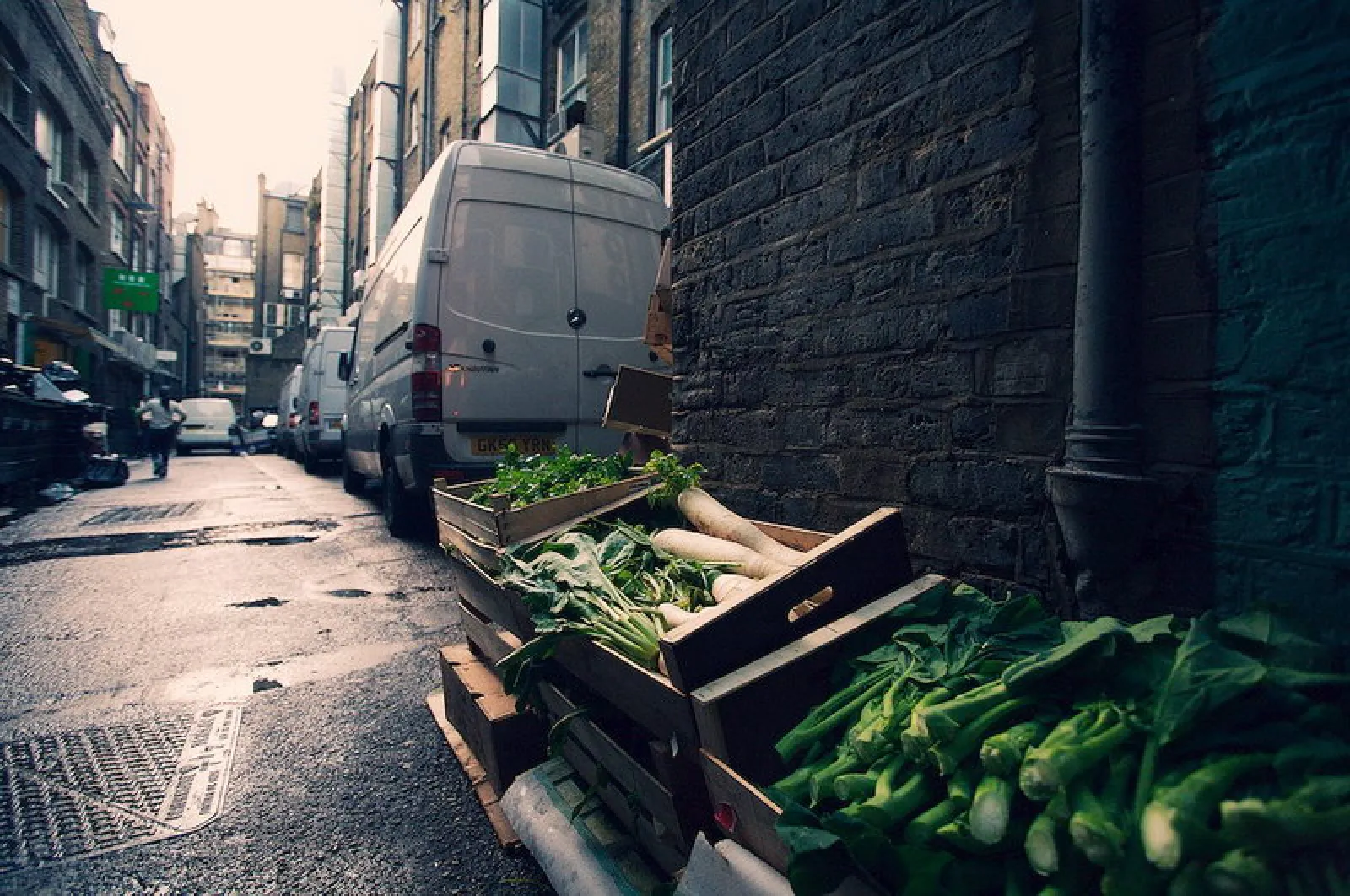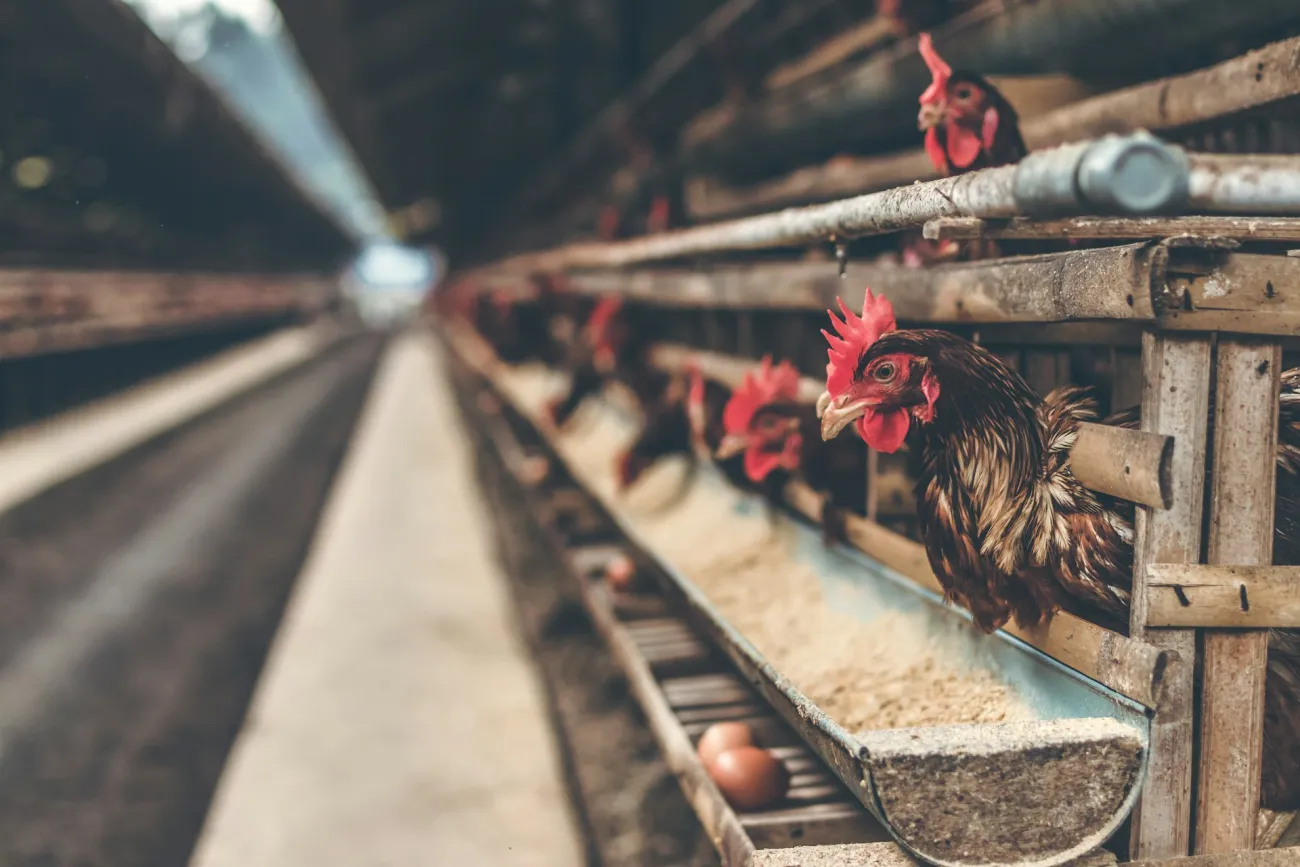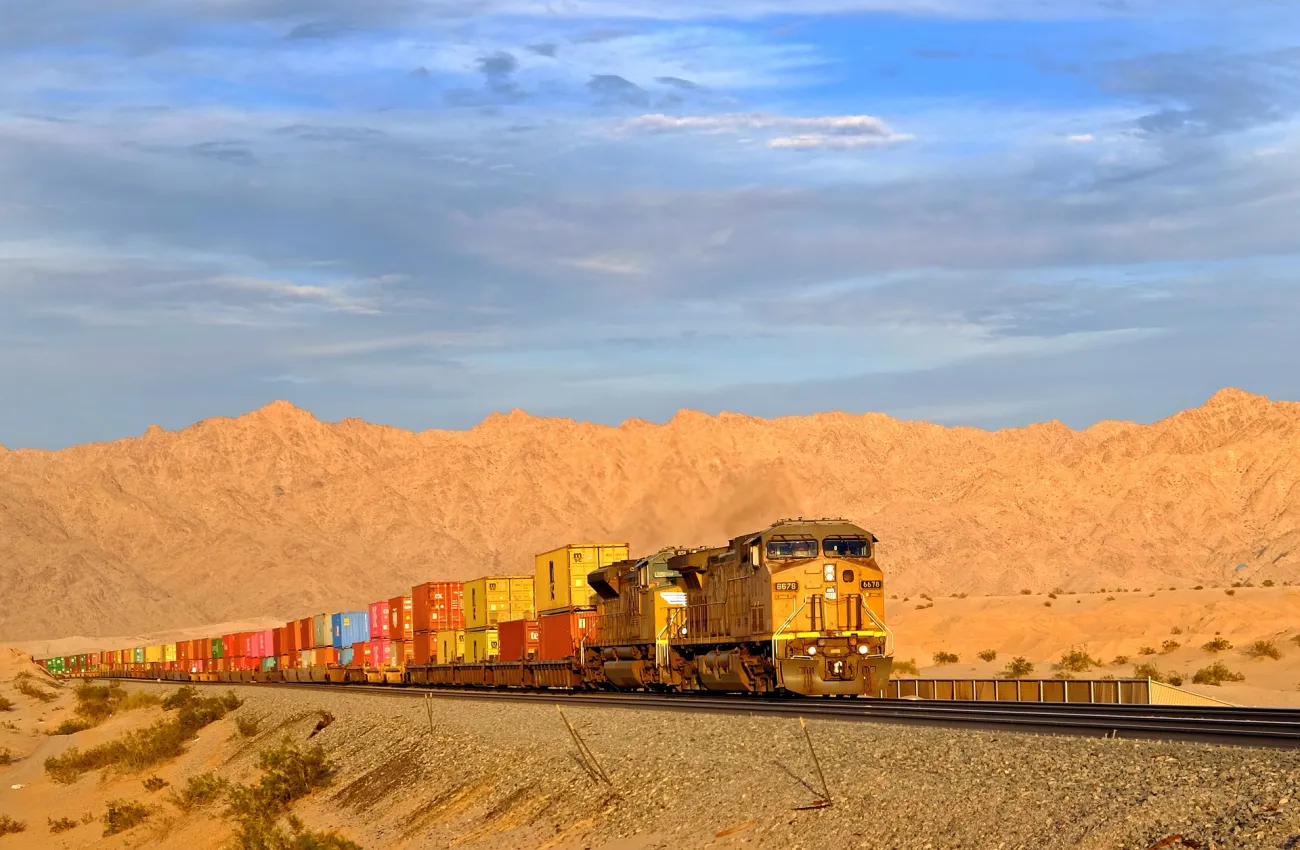Food systems interact with, and affect, the environment in a great many ways beyond their greenhouse gas emissions. In order to feed humans, the global food system occupies over a third of the earth’s land surface; extracts large amounts of fish and animals from natural habitats; makes huge claims on natural resources; and dispurses various pollutants into the environment.
An appreciation of this wide range of environmental impacts is needed to understand why food systems are central to solving many of our biggest environmental problems, and ultimately to maintaining human well-being. Also useful, is to understand that the causes and solutions to these problems are often interconnected through food systems, resulting in trade-off situations where a course of action can at the same time, make one issue better and another worse.





Comments (0)